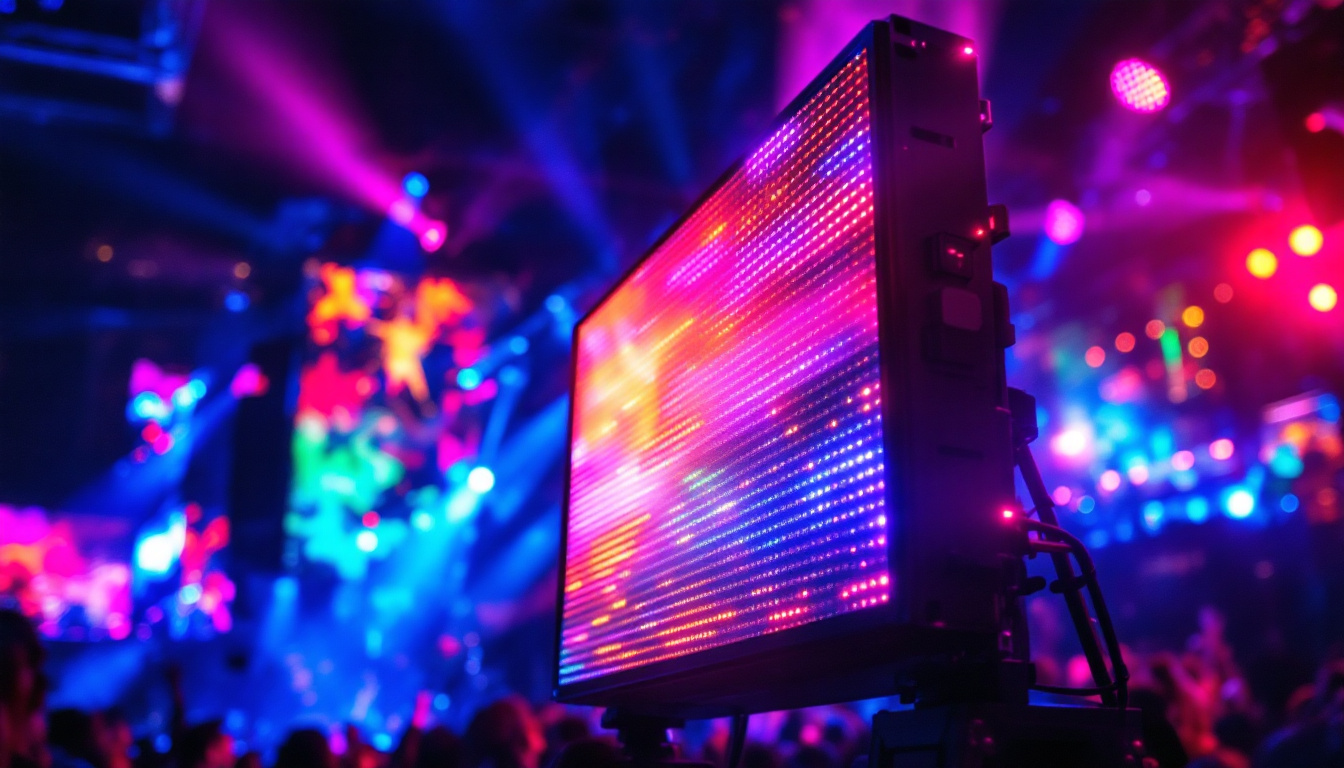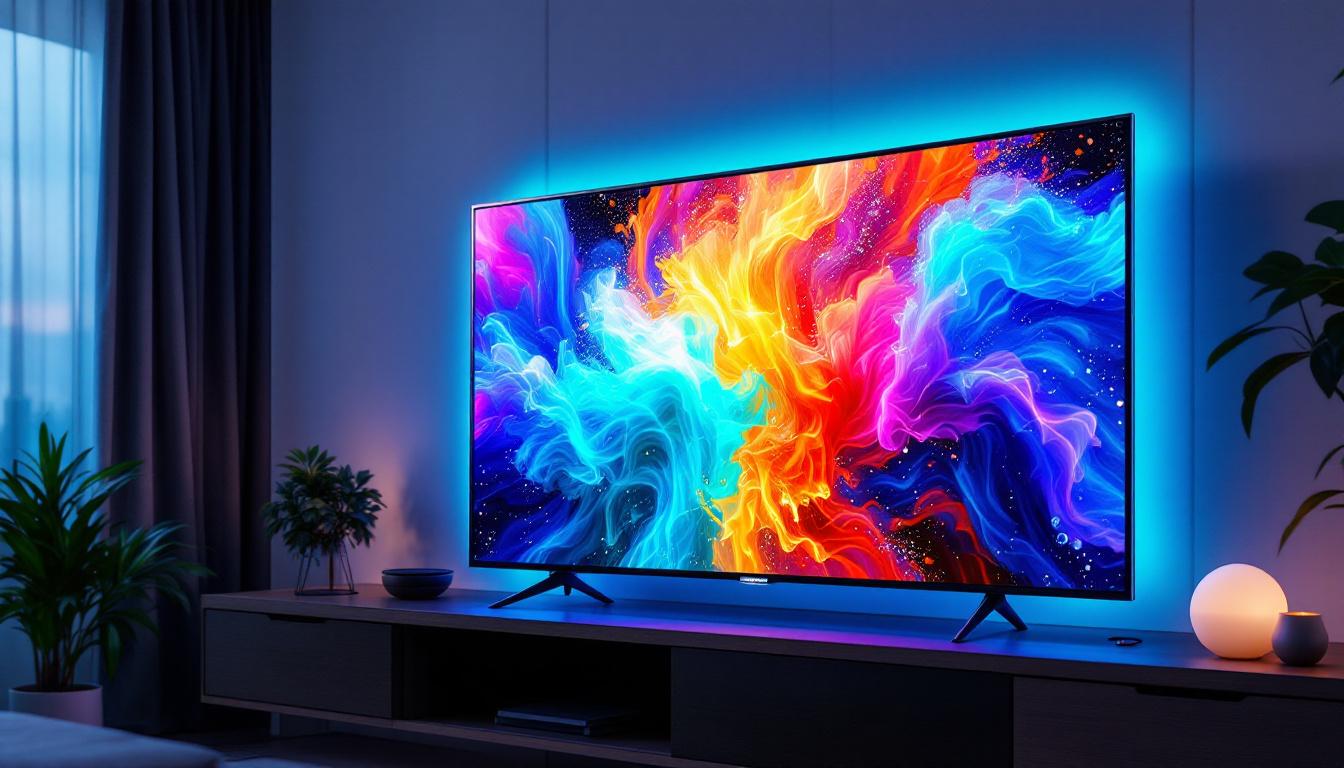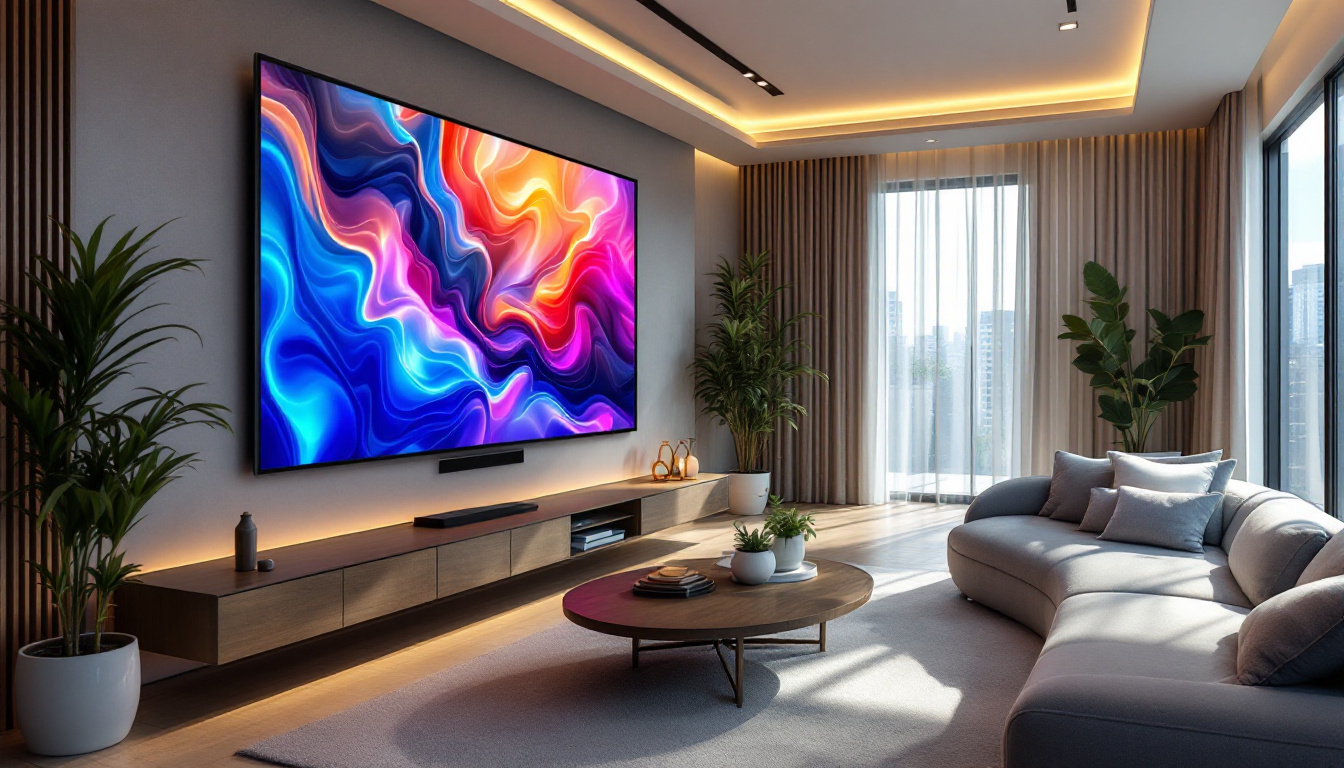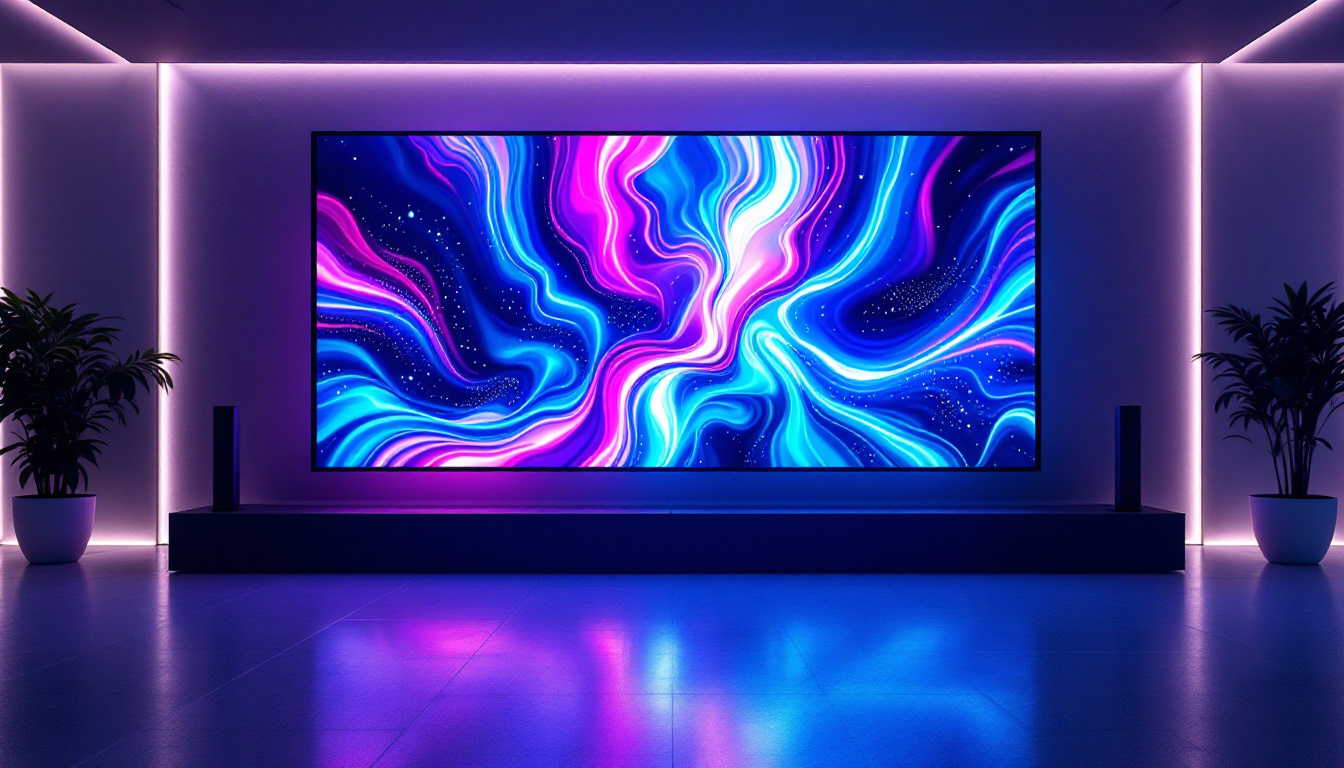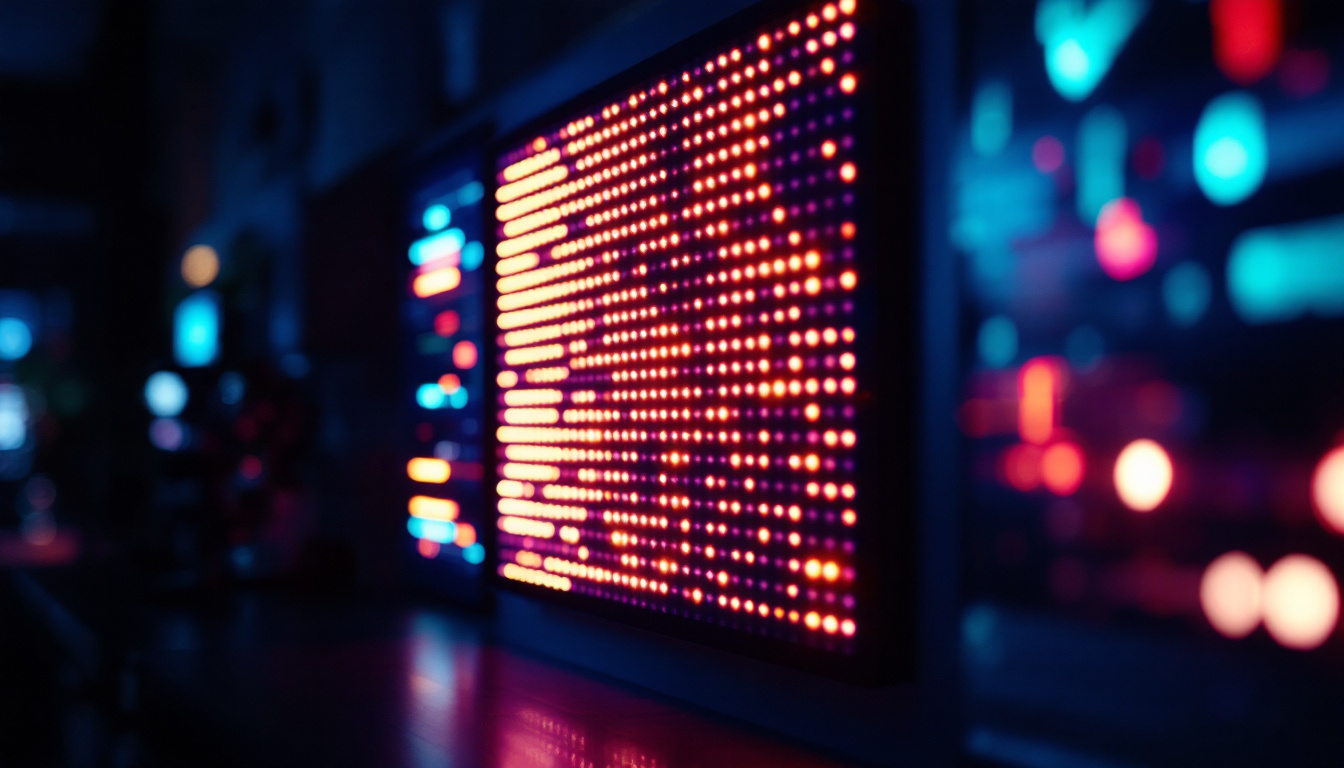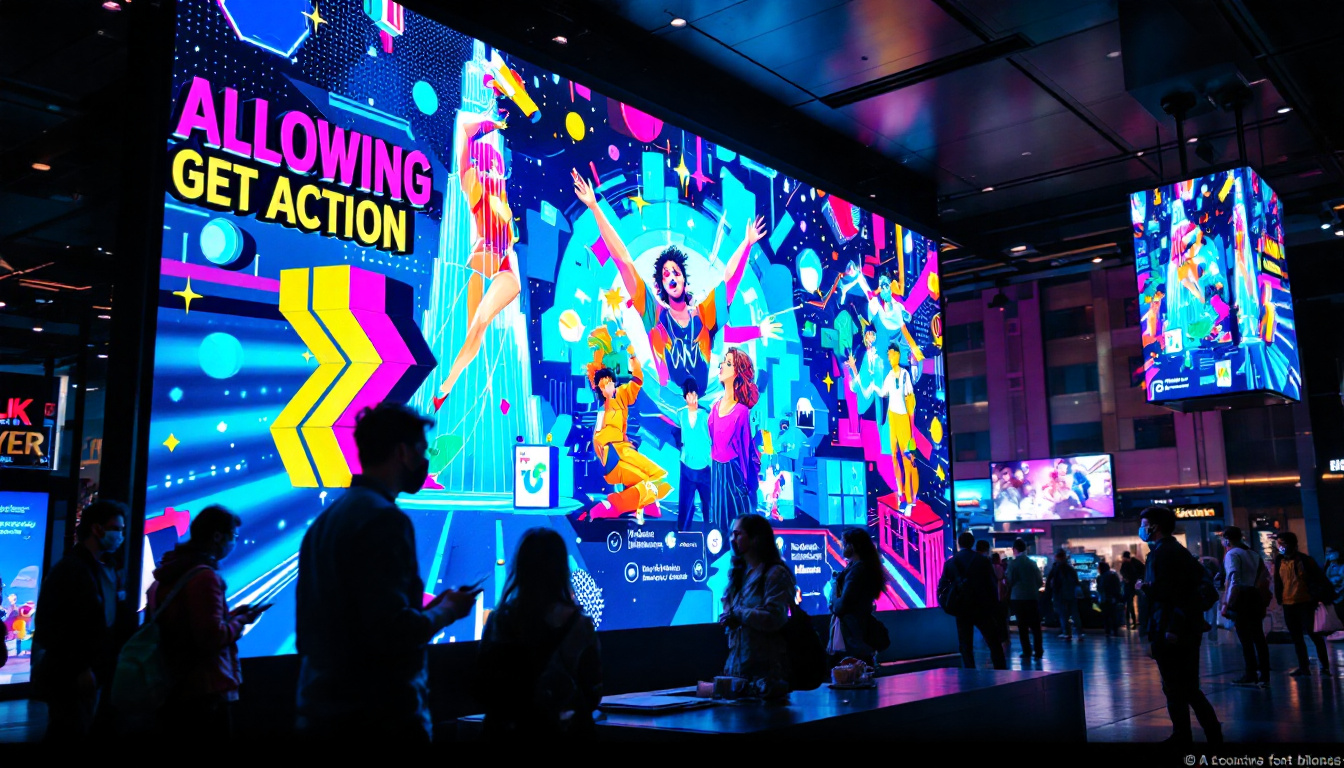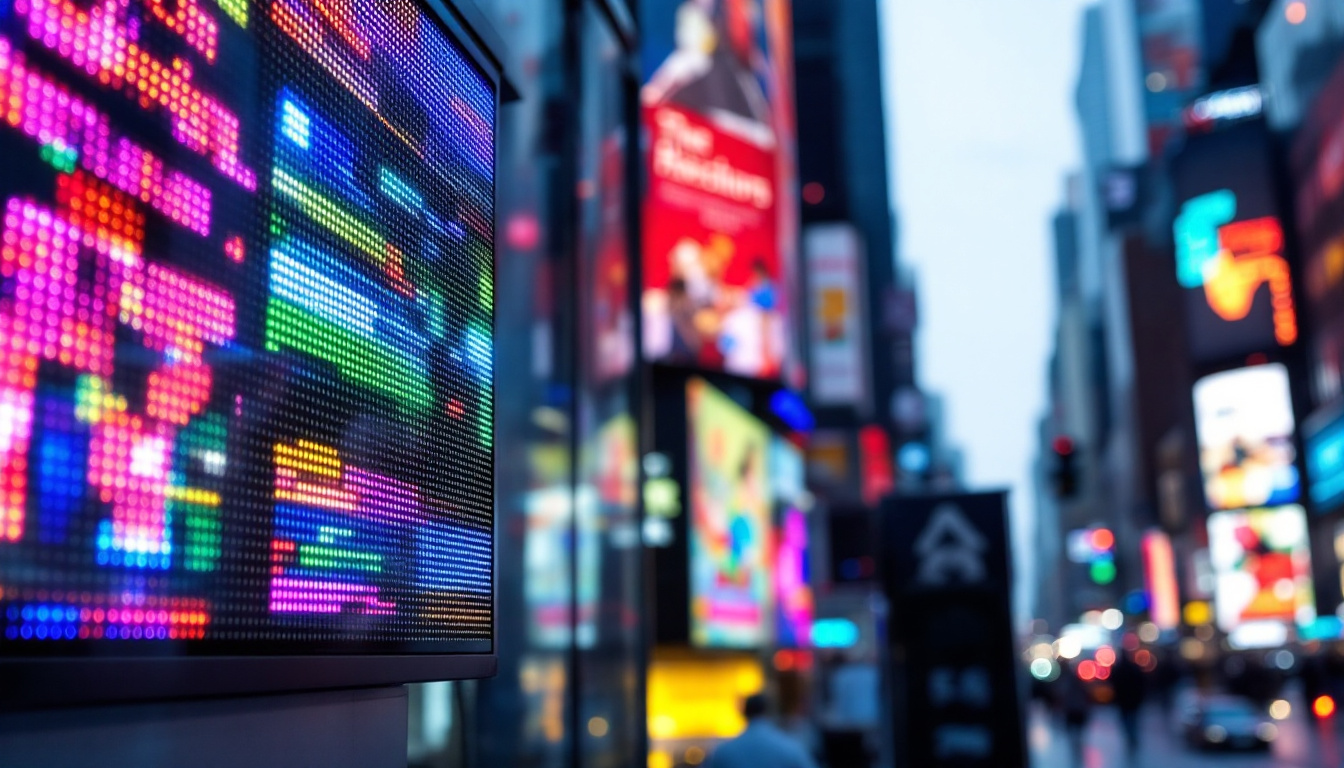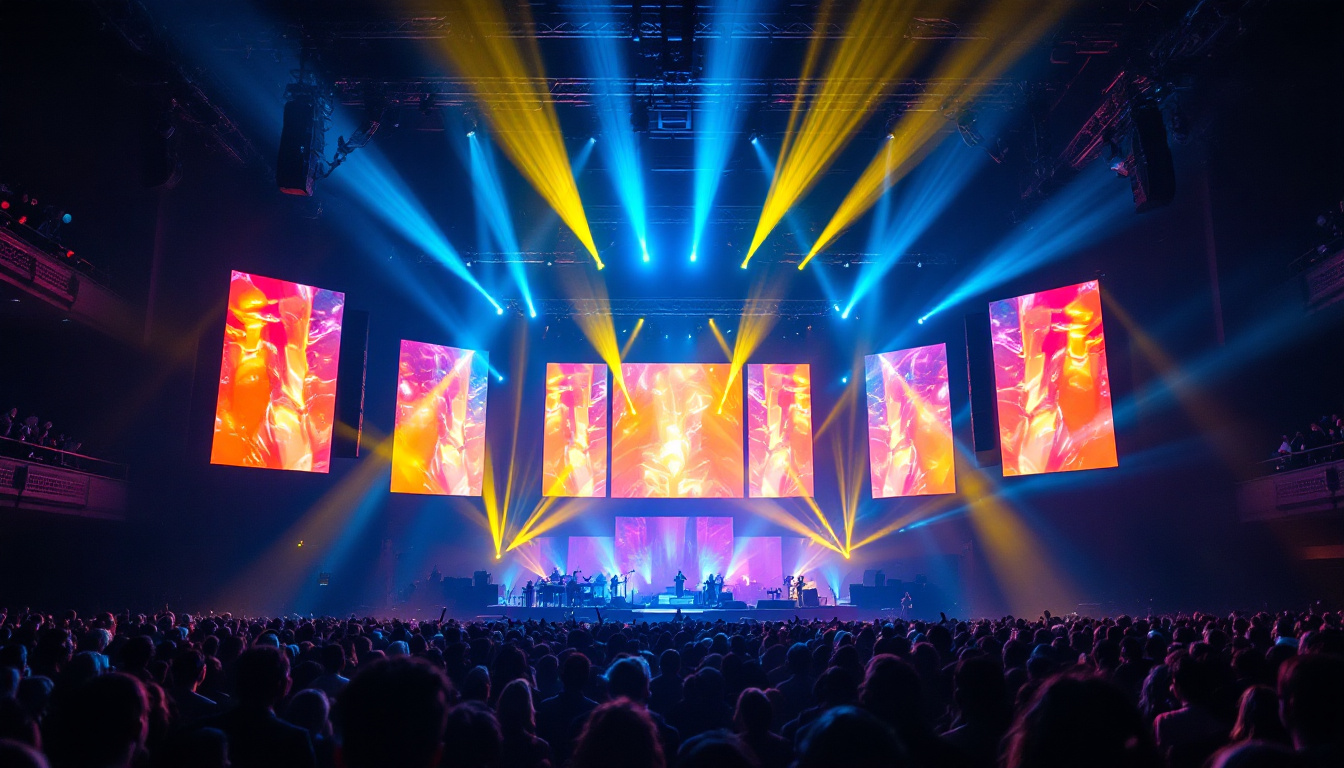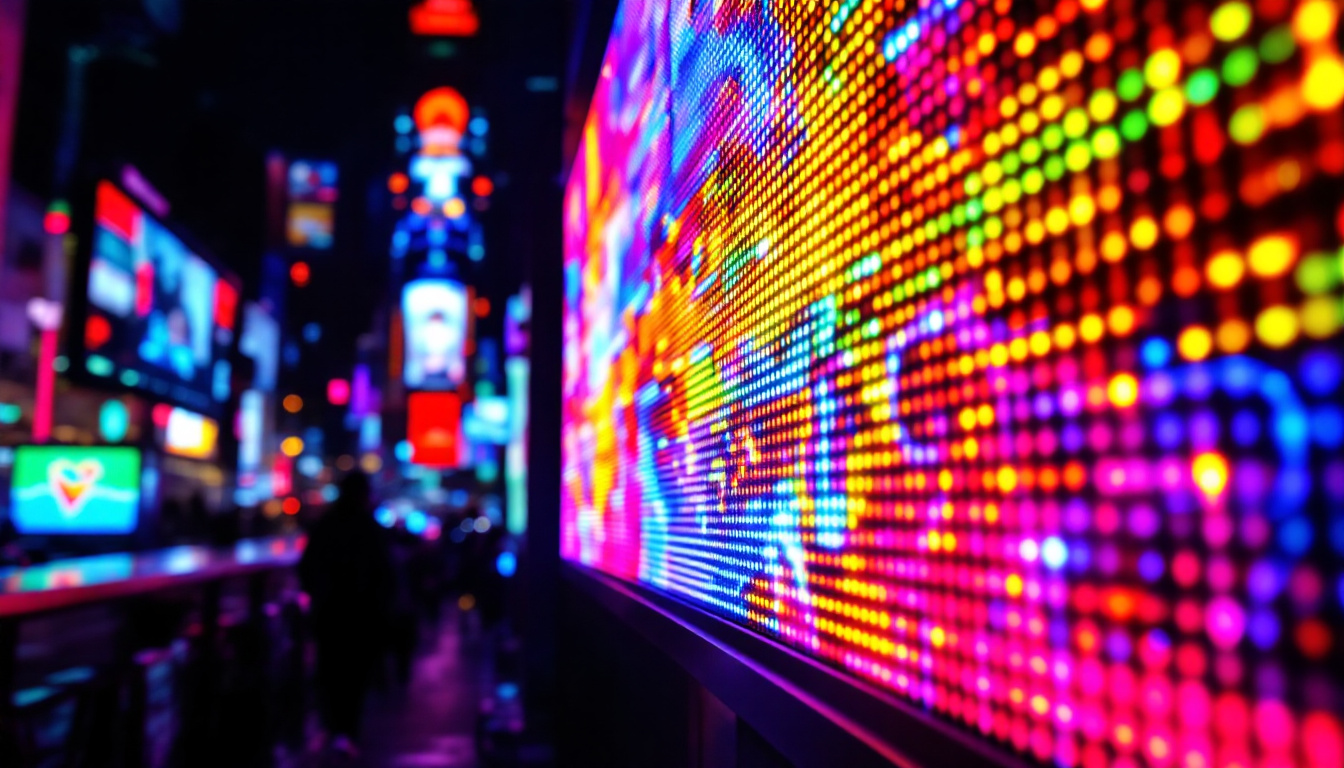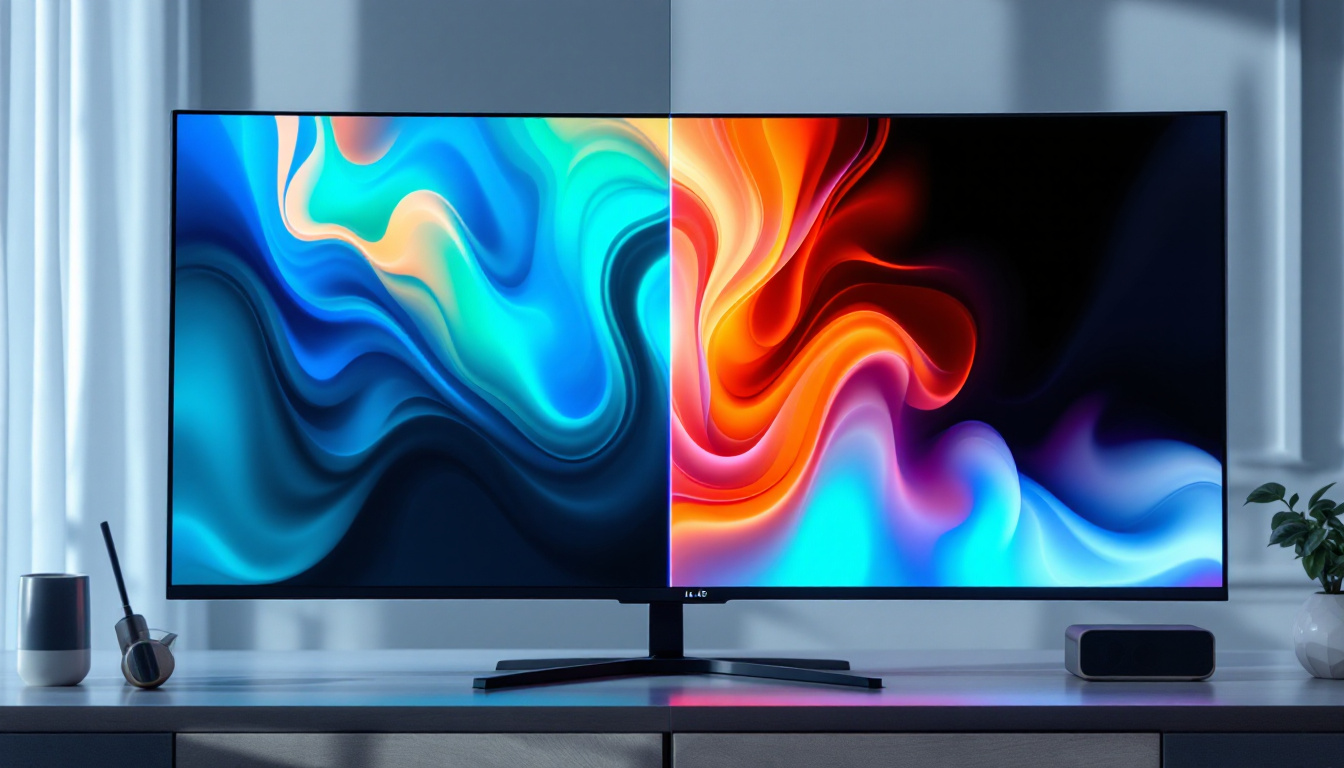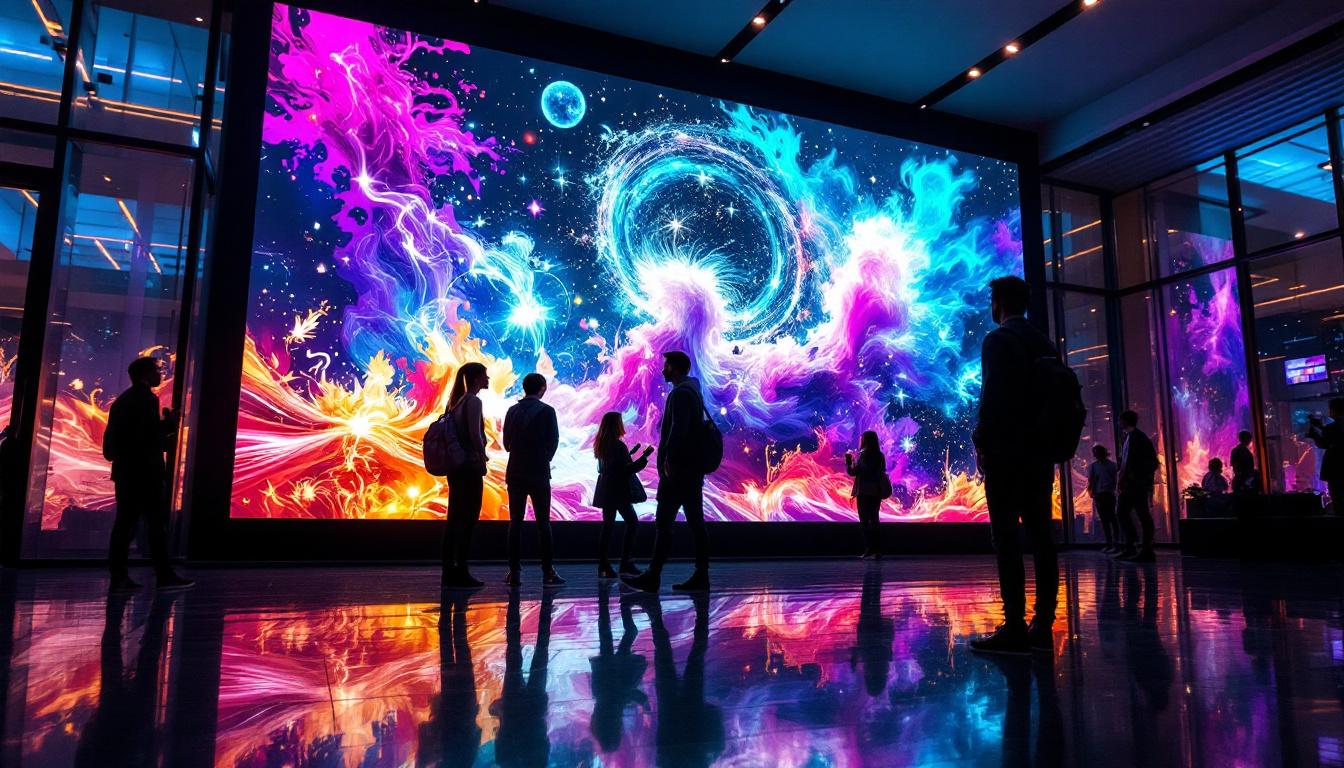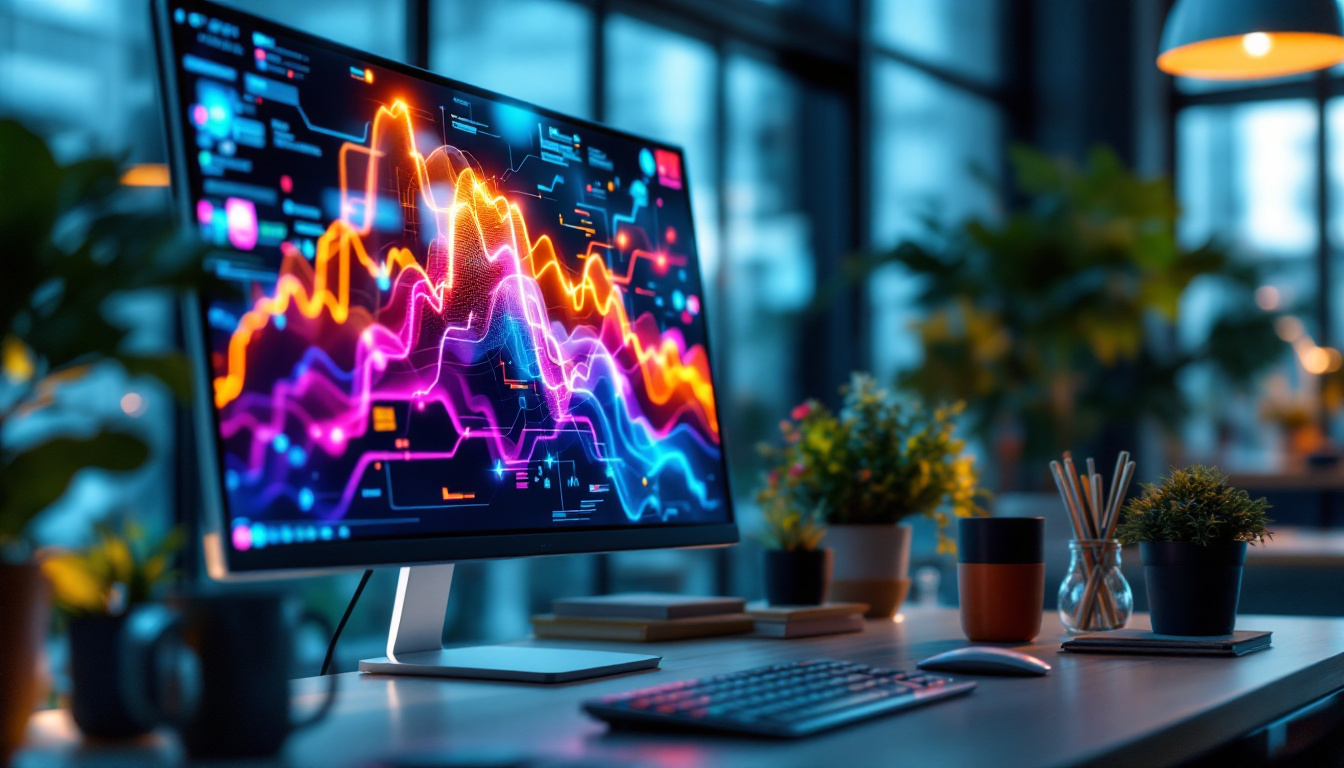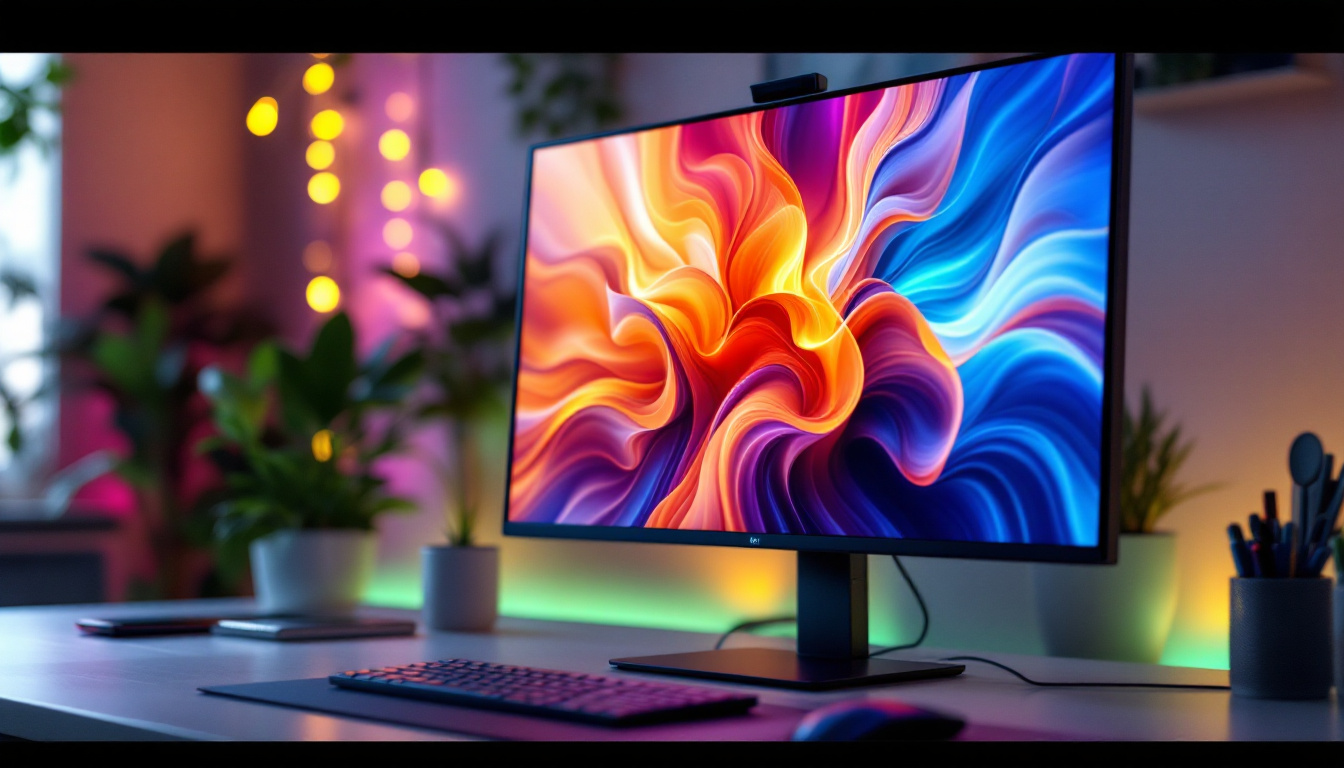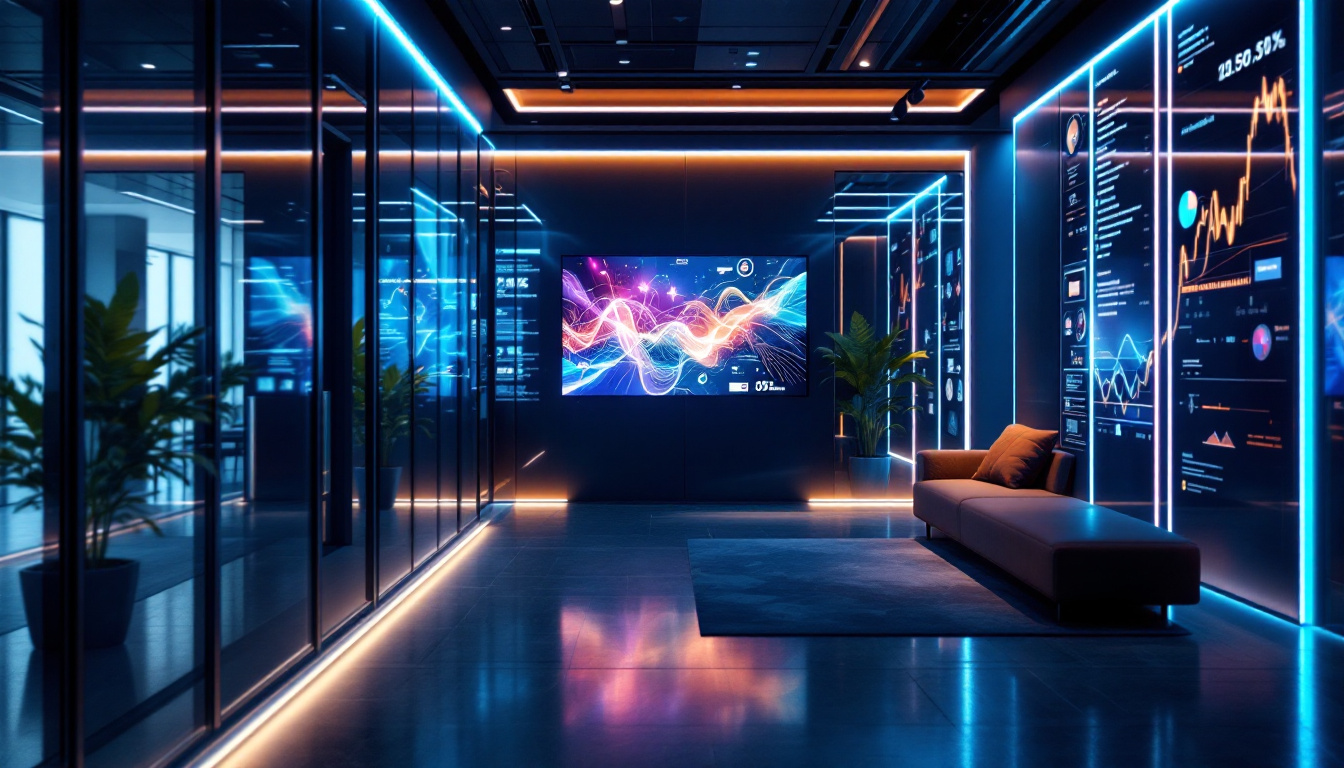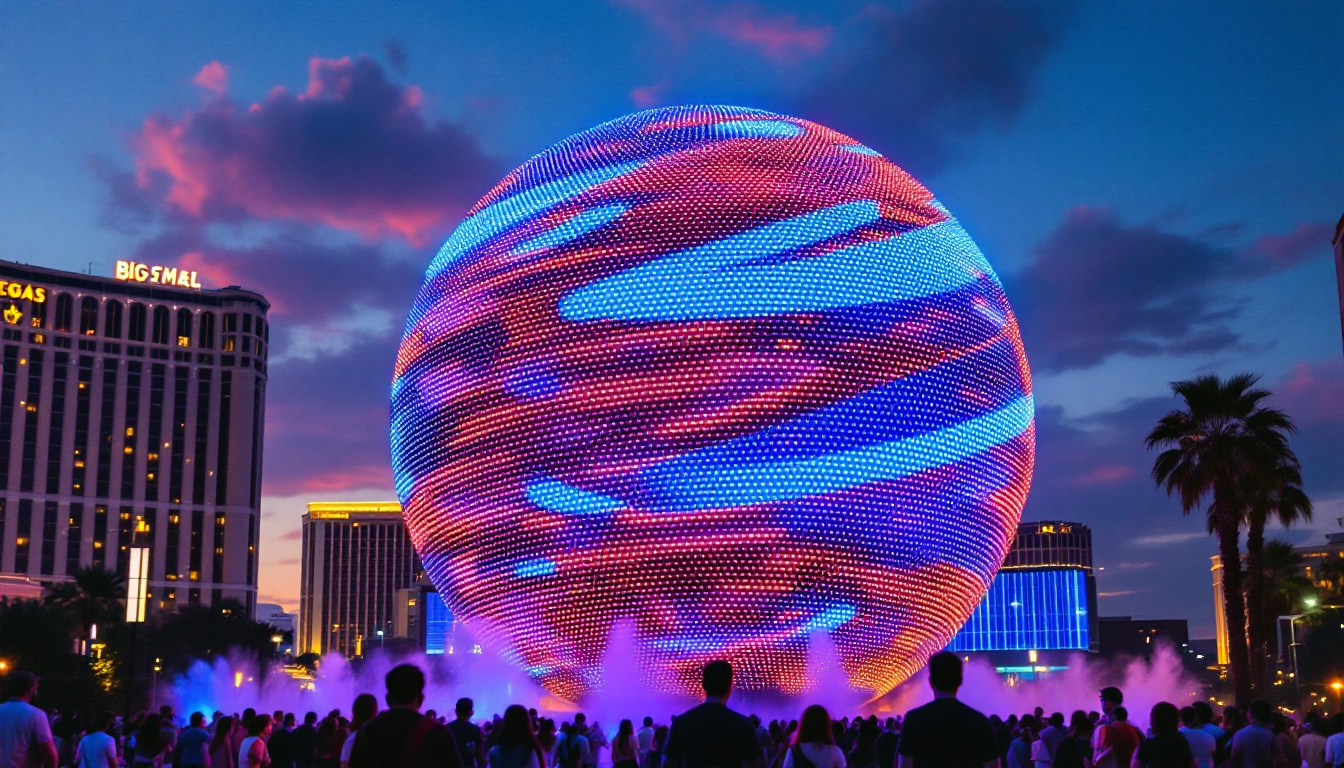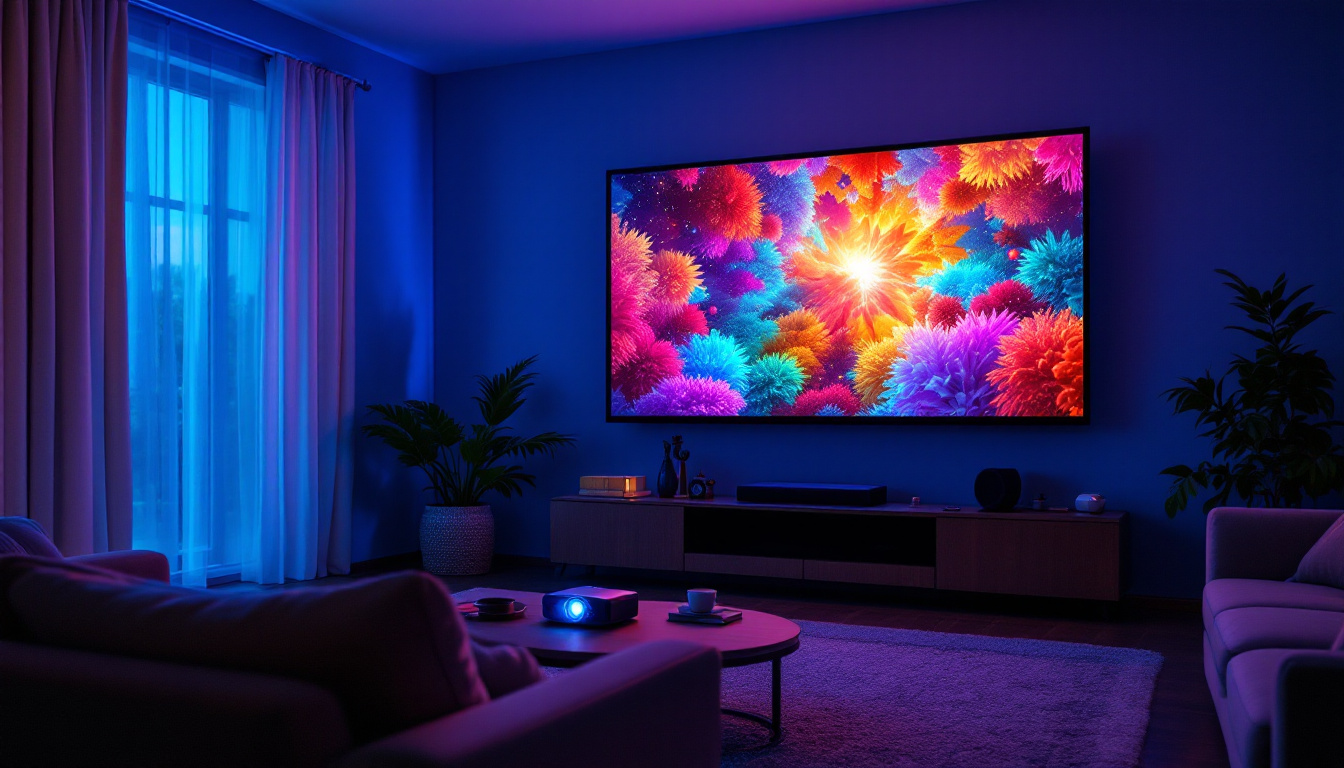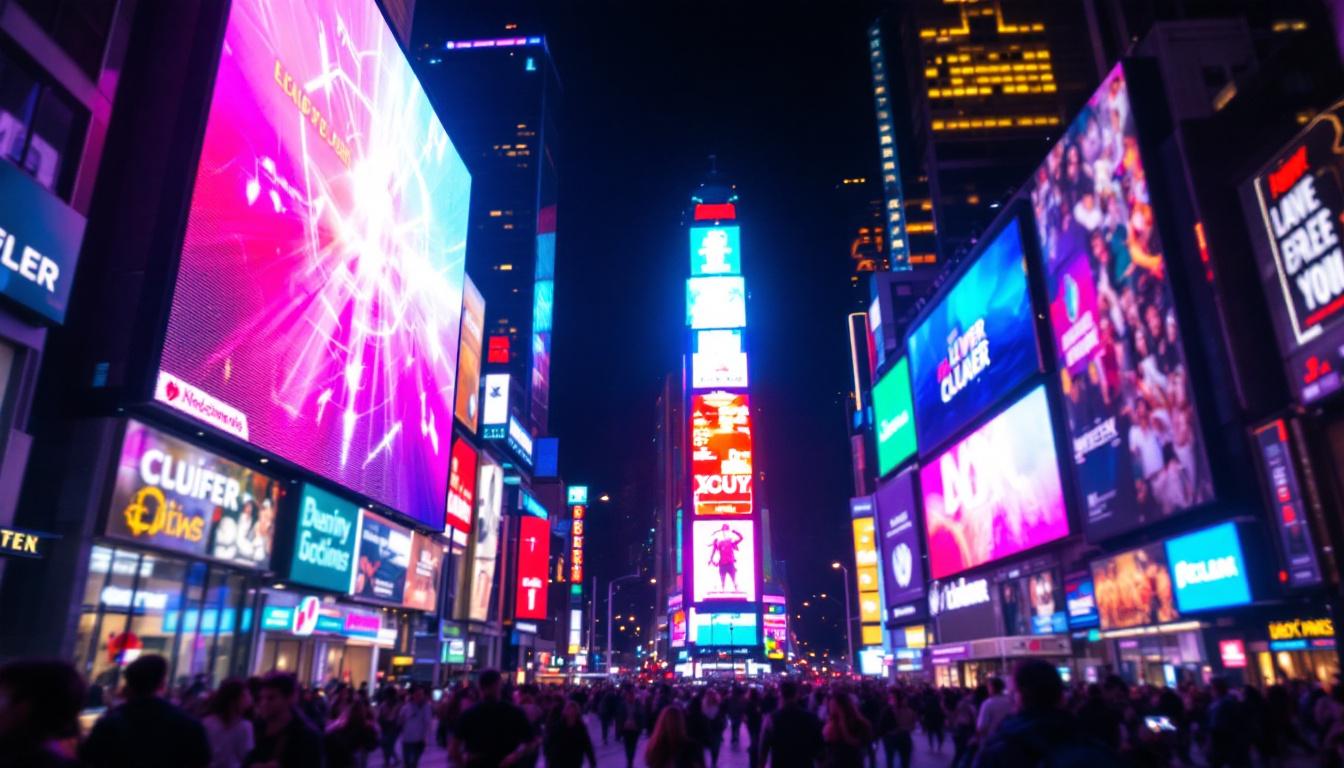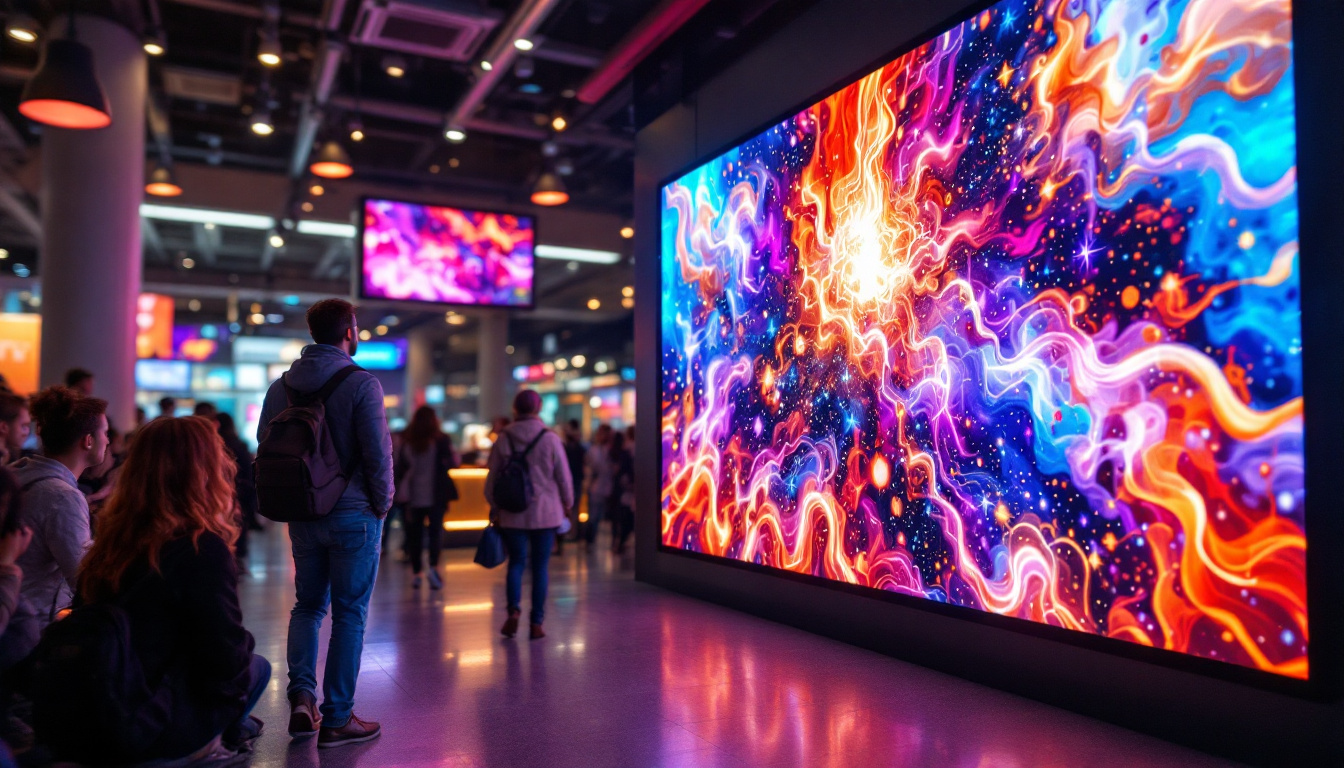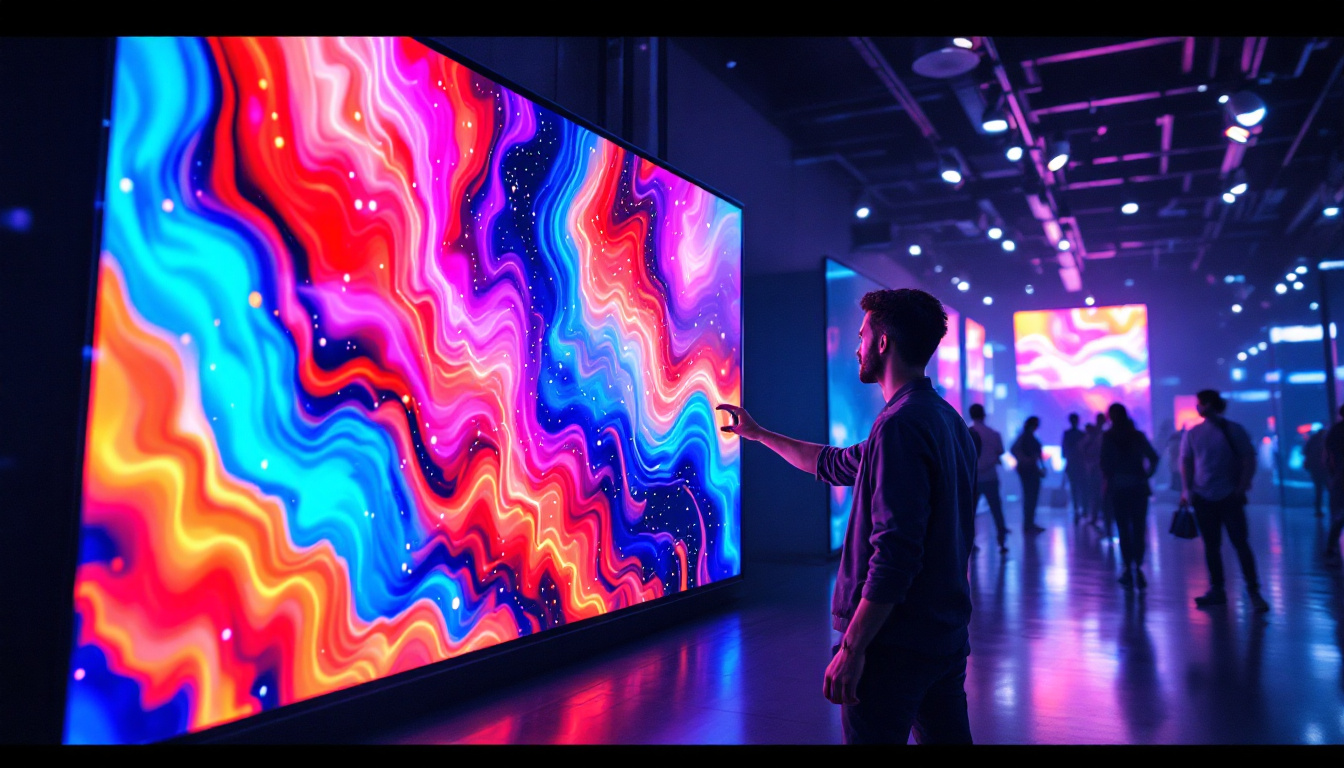In the ever-evolving world of technology, LED displays have emerged as a powerful tool for communication, advertising, and entertainment. Photo Solutions Inc has been at the forefront of this innovation, providing high-quality LED display solutions that cater to a variety of needs. This article delves into the intricacies of LED displays, their applications, and the advantages they offer.
Understanding LED Technology
Light Emitting Diodes (LEDs) are semiconductor devices that emit light when an electric current passes through them. Unlike traditional lighting solutions, LEDs are energy-efficient and have a longer lifespan, making them an ideal choice for display technologies. The efficiency of LEDs translates to lower energy bills and a reduced carbon footprint, which is increasingly important in today’s environmentally conscious society. Furthermore, the compact size of LEDs allows for versatile design options, enabling manufacturers to create thinner and lighter displays that can fit into a variety of applications.
The Basics of LED Displays
LED displays consist of numerous small LEDs arranged in a grid pattern. Each LED can be individually controlled to produce different colors and brightness levels. This capability allows for vibrant images and dynamic content, which is crucial for capturing audience attention in various settings. The technology behind LED displays also includes advanced features such as high refresh rates and wide viewing angles, ensuring that the content remains clear and engaging from multiple perspectives. As a result, LED displays are not only popular in advertising but also in artistic installations and interactive media.
There are two primary types of LED displays: direct view and backlit. Direct view displays are made entirely of LEDs, while backlit displays use LEDs to illuminate an LCD panel. Each type has its own set of advantages, depending on the application. For instance, direct view displays are often favored for their superior brightness and color accuracy, making them ideal for high-impact advertising. In contrast, backlit displays can be more cost-effective and are commonly used in consumer electronics, such as televisions and computer monitors, where space and power consumption are significant considerations.
Types of LED Displays
LED displays can be classified into several categories based on their application and technology. Common types include:
- Indoor LED Displays: These are designed for use in enclosed spaces, such as shopping malls, conference rooms, and theaters. They typically have a higher pixel density, resulting in sharper images. Indoor displays often utilize advanced color calibration techniques to ensure a consistent viewing experience, making them ideal for presentations and events where clarity is paramount.
- Outdoor LED Displays: Built to withstand harsh weather conditions, outdoor displays are larger and have lower pixel density. They are often used for billboards and sports arenas. These displays are engineered with protective coatings and robust housings to prevent damage from rain, wind, and UV exposure, ensuring longevity and reliability in various climates.
- Transparent LED Displays: These innovative displays allow for visibility through the screen, making them ideal for retail environments where visibility is key. By combining transparency with vibrant visuals, they create a unique shopping experience, allowing customers to see products behind the display while still engaging with dynamic advertisements.
Applications of LED Displays
LED displays have found applications across various industries, each leveraging the technology for unique purposes. The versatility of LED displays makes them suitable for a wide range of environments, from bustling urban landscapes to quiet corporate offices. Their ability to deliver vibrant colors and sharp images has made them a preferred choice for many applications, ensuring that information is conveyed effectively and attractively.
Advertising and Marketing
One of the most prominent uses of LED displays is in advertising. Retailers and businesses utilize these displays to showcase products, promotions, and brand messages. The dynamic nature of LED content allows for eye-catching advertisements that can be easily updated in real-time, ensuring that marketing efforts remain relevant and engaging.
Digital billboards, often seen along highways and in urban centers, are a prime example of how LED technology is revolutionizing advertising. These displays can rotate multiple ads in a short time, maximizing visibility and engagement. Furthermore, the integration of sensors and data analytics allows advertisers to tailor content based on demographics, weather conditions, or even the time of day, making campaigns more targeted and effective. This adaptability not only enhances the viewer’s experience but also significantly boosts return on investment for businesses.
Entertainment and Events
In the realm of entertainment, LED displays have transformed the way audiences experience concerts, sports events, and theater productions. Large-scale LED screens are often used as backdrops or to display live feeds, enhancing the overall experience for attendees. The immersive quality of these displays captivates audiences, drawing them into the performance and creating a memorable atmosphere.
Moreover, events like trade shows and exhibitions utilize LED displays to attract visitors and convey information effectively. The ability to display high-resolution graphics and videos makes them an invaluable asset in any event setting. Additionally, interactive LED displays are becoming increasingly popular, allowing attendees to engage with the content in real-time, whether through touch or motion sensors. This interactivity not only keeps the audience engaged but also provides a unique platform for brands to showcase their products in a more dynamic way, fostering deeper connections with potential customers.
Corporate Communication
Businesses are increasingly adopting LED displays for internal communication. digital signage solutions allow companies to share important announcements, updates, and performance metrics with employees in real-time. This immediate access to information fosters a more informed workforce and can significantly enhance productivity and morale.
In corporate environments, LED displays can also be used for presentations and video conferencing, providing a modern and efficient way to communicate ideas and information. The clarity and brightness of LED screens ensure that even in large meeting rooms, every participant can see the content clearly. Furthermore, the integration of these displays with collaborative tools and software enables seamless sharing of information, making meetings more interactive and efficient. As remote work becomes more prevalent, the role of LED displays in facilitating effective communication across teams, regardless of location, is becoming increasingly crucial.
Advantages of LED Displays
The growing popularity of LED displays can be attributed to several advantages that set them apart from traditional display technologies. Understanding these benefits can help businesses make informed decisions when investing in display solutions.
Energy Efficiency
One of the most significant advantages of LED displays is their energy efficiency. LEDs consume significantly less power compared to traditional lighting solutions, resulting in reduced energy costs. This efficiency not only benefits the environment but also lowers operational expenses for businesses.
Longevity and Durability
LED displays have a longer lifespan compared to other display technologies, often lasting up to 100,000 hours or more. This durability translates to lower maintenance costs and less frequent replacements, making them a cost-effective solution in the long run.
High-Quality Visuals
The ability of LED displays to produce bright, vibrant colors and sharp images is another key advantage. With high contrast ratios and wide viewing angles, LED displays ensure that content remains visible and engaging, even in bright environments.
Challenges and Considerations
While LED displays offer numerous benefits, there are also challenges and considerations to keep in mind when implementing this technology. Understanding these factors can help businesses make better choices regarding their display solutions.
Initial Investment
The initial cost of purchasing and installing LED displays can be higher than traditional display technologies. However, the long-term savings in energy and maintenance costs often justify this upfront investment.
Technical Expertise
Setting up and maintaining LED displays may require specialized technical knowledge. Businesses need to ensure they have access to skilled personnel or reliable service providers to handle installation and ongoing support.
Future Trends in LED Display Technology
As technology continues to advance, LED displays are expected to evolve further. Several trends are shaping the future of this industry, offering exciting possibilities for businesses and consumers alike.
Integration with Smart Technology
One of the most significant trends is the integration of LED displays with smart technology. This includes the use of IoT (Internet of Things) devices, allowing displays to connect to the internet and interact with other smart devices. Such integration can enhance functionality, enabling features like remote content management and real-time analytics.
Improved Resolution and Pixel Density
As consumer demand for high-definition content increases, manufacturers are focusing on improving resolution and pixel density in LED displays. This trend is particularly evident in indoor displays, where higher pixel density results in sharper images and better viewing experiences.
Environmental Sustainability
With growing awareness of environmental issues, the LED display industry is also moving towards more sustainable practices. This includes using recyclable materials, reducing energy consumption, and implementing eco-friendly manufacturing processes.
Conclusion
LED displays are revolutionizing the way information is communicated and experienced across various sectors. With their energy efficiency, longevity, and high-quality visuals, they offer significant advantages over traditional display technologies. As businesses continue to embrace this technology, understanding its applications, benefits, and future trends will be crucial for maximizing its potential.
Photo Solutions Inc remains committed to providing cutting-edge LED display solutions that meet the diverse needs of its clients. By staying at the forefront of technological advancements, the company ensures that businesses can leverage the power of LED displays to enhance their communication strategies and engage their audiences effectively.
Discover LumenMatrix’s Innovative LED Displays
Ready to elevate your visual communication strategy with the latest in LED technology? Explore LumenMatrix’s comprehensive range of LED display solutions, designed to captivate your audience and amplify your brand’s presence. From stunning Indoor LED Walls to dynamic Outdoor Displays and beyond, LumenMatrix offers tailored options that promise to transform any space into an immersive visual experience. Check out LumenMatrix LED Display Solutions today and see how our state-of-the-art products can revolutionize your messaging and engagement.


